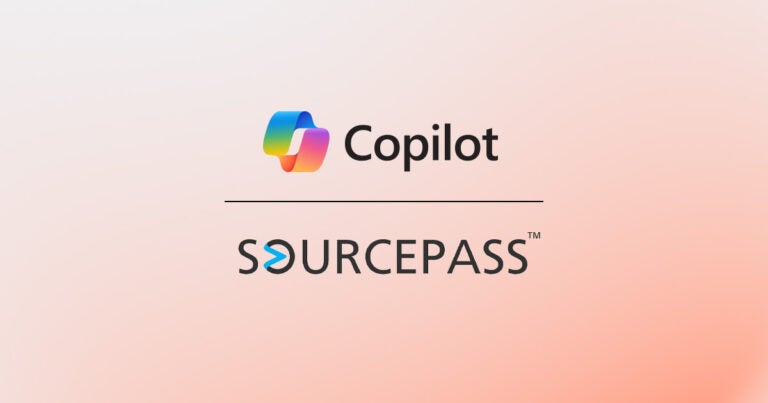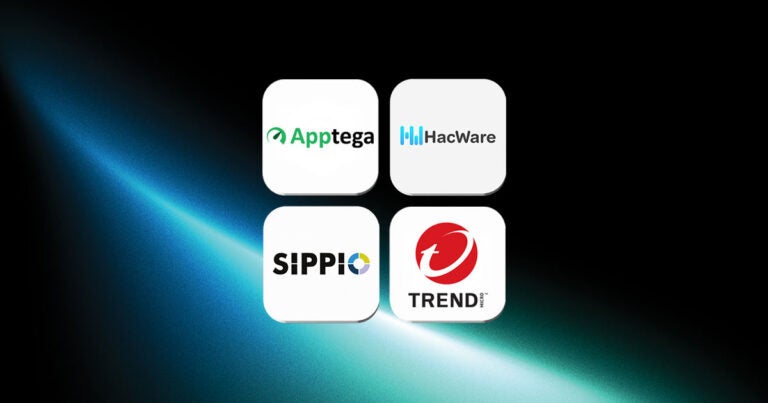Don’t let “HR” be a four-letter word.
What’s the first thing that comes to mind when you think about HR? For many, it may not always be the most positive — you may think HR is just people who seem to care more about the company resources (payroll, time sheets, compliance, etc.) than they do the humans who actually make up the company. While many people think that traditional HR just puts a damper on company culture, especially as the company grows, the modern approach to HR builds the culture and helps it mature as the business does. Whether you have a full HR team or you haven’t even started to think about whose responsibility HR is, use this modern HR checklist to ensure you’re asking the right questions and taking the right approach to build and support the right culture — not tearing it down.
A Modern Workforce Requires Modern HR
As younger people are entering the professional workforce, they are bringing with them a different set of values and expectations from their employers. This generational-driven change is forcing companies to re-examine their approach to HR.
The new generation of professionals put more importance on working at a company that has a good work-life balance, shares similar values, and gives them the feedback and resources to grow in their career. Whether you think so or not, smaller businesses have to compete with much larger companies for talent. So, if they want to be competitive, they need to do these things and create a culture of community.
Boring tactical pieces in place? Now start on the culture!
Let’s just skip discussing the tactical HR (i.e., hiring process, company policies, compliance, and training), as many of those are quite cut and dry. So, how about we just dive right into the fun part of HR’s job — shaping and driving company culture?
Just getting started or starting from square one.
While most companies don’t hire a full-time HR person until they have around 30-50 employees, these key principles and questions apply to companies of all sizes — regardless of if they have an HR department or not. It’s never too early to start building, and it’s never too late to re-build!
Questions to ask yourself and your current employees:
1. When we come to work, what’s important to us? What do we value and why? What’s our purpose for being there? (Hint: Anything to do with money/pay is the wrong answer.)
2. How do we want to interact/work with each other? How do we treat one another?
3. What does working here feel like? Why does it feel like that, and how do I explain it?
4. What size do we want to reach? (This is extremely important when you’re starting out.) How will we get good employees and keep them? How are we going to make the culture scalable?
After digging deep and answering these key starter questions, you should have a solid foundation on which to build and drive the culture. Employees need to feel safe to push things to the limit to help grow the business and know that it’s okay if they fail because people will be there to help them move forward. You need to ensure that the culture is coming from the top-down, and modern HR can help you drive it forward.
What people really want from work.
Okay, so obviously people want good pay, but many people will turn down a higher paying job for a company that has a strong culture that they feel invested in. One of the worst things for culture is to have employees only thinking about their next paycheck. When you pay people enough that they aren’t thinking about the money, what’s left are the intrinsic motivators, such as:
Being a part of something bigger: They need some community and that they each play a key role in the organization’s success.
Transparency into the business operations and leadership’s vision: They want to know what’s going on in the company and not be blindsided by abrupt changes.
Being challenged (in the right way): They want to be given a challenge that stretches their knowledge and skills, but it needs to be something they are interested in.
Having autonomy: Micromanagement is a motivation killer. Your employees want a clear vision of the end result and then for you to get out of their way.
Having a purpose for being there: They need to be given a purpose to be there and a reason to care because if they aren’t bought in, they might leave.
Modern HR Doesn’t Kill Culture. It Creates Culture.
A lot goes into creating a great company culture — but when you take a modern HR approach, it becomes easier. The biggest principle to always remember is that HR should be a culture creator — not a culture killer.
Having a “modern HR” mindset not only impacts the employee experience but also the experience for those interacting with your companies — whether that be a client, a vendor, or members of your community. By creating a positive employee environment and culture, companies can expect to see better customer service, higher overall productivity, and more. When your employees are invested in the company, your clients will feel it too.
We hope this quick overview checklist of modern HR helps you identify what’s important to your company and take a more people-first approach to HR.





